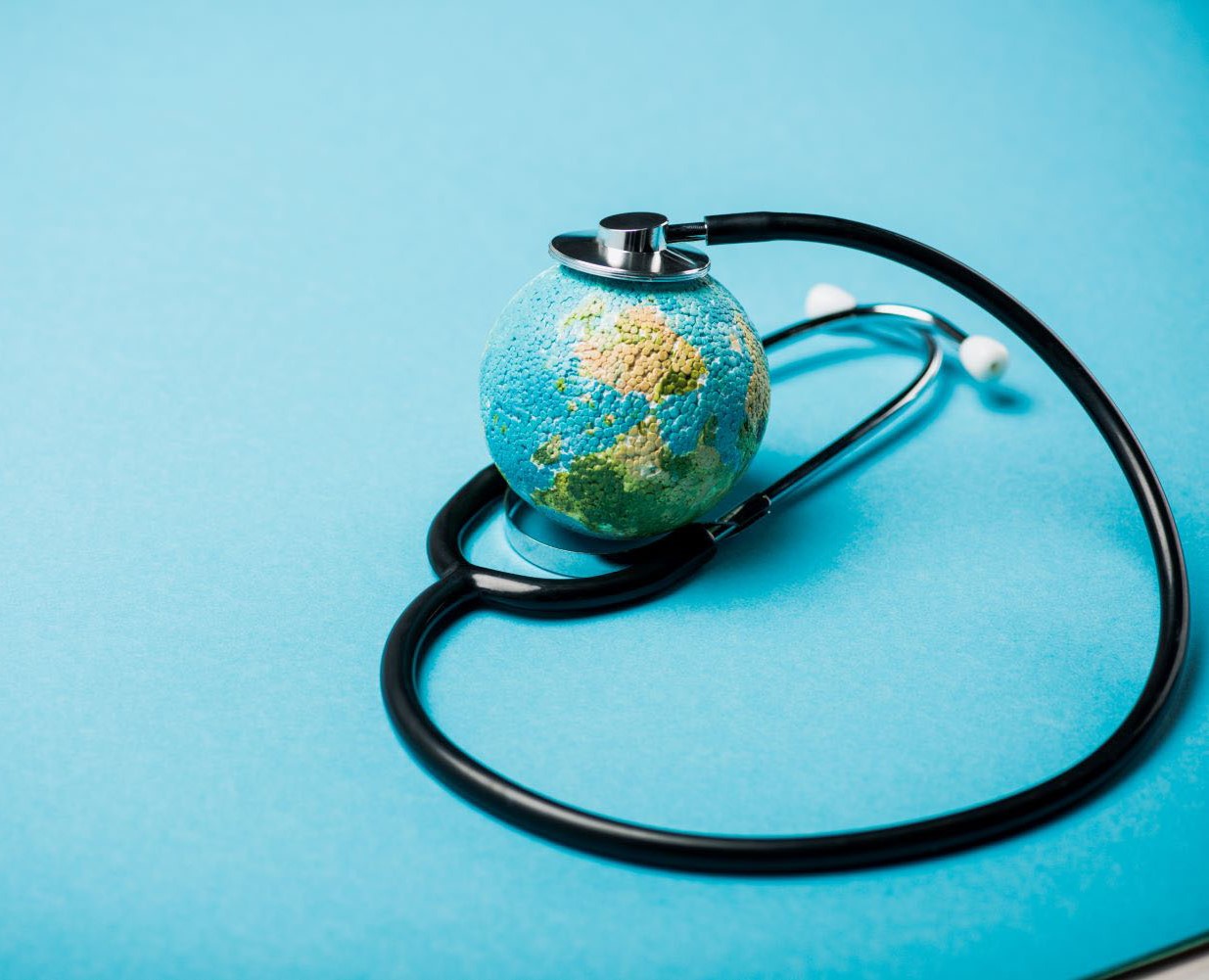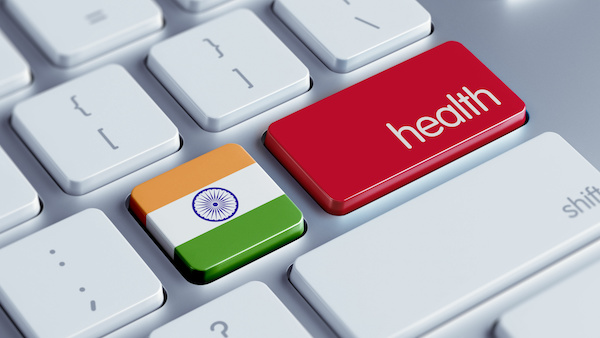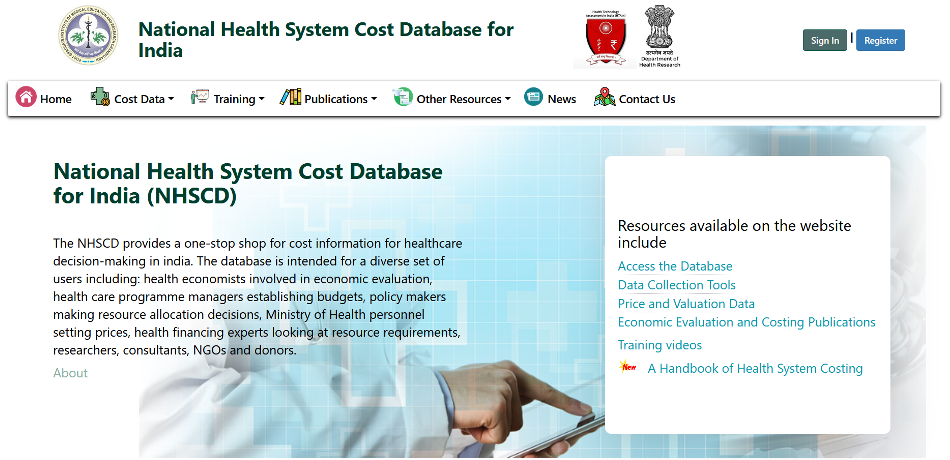December 07, 2011
This week AP reports that former U.S. President George Bush has launched the Pink Ribbon Red Ribbon project in Zambia. The project will expand the availability of cervical cancer prevention, screening and treatment, including the HPV vaccine, by building on the PEPFAR platform for HIV care. And last month, on the heels of the GSK decision to reduce the price of the HPV vaccine for low-income countries, the GAVI Alliance Board announced its intention to make the HPV vaccine available to GAVI-eligible countries.
These actions are supported by the WHO, the Alliance for Cervical Cancer Prevention, the Cervical Cancer Action Coalition and the UNFPA, that recommend comprehensive cervical cancer prevention plans that include both vaccination of young girls and screening and treatment of women.
That's the good news. The bad news is that none of these agencies have yet helped low-income countries assure that the introduction of this new technology is decided based on local cost-effectiveness, affordability and ethical considerations.
On cost-effectiveness:
Would this intervention be cost-effective in a low-income country vis a vis alternative uses of funding for health (or even alternate approaches to reducing cervical cancer)? At an earlier price point, Thai researchers at the Ministry of Health found HPV vaccine to be cost-ineffective as an alternative to scaled-up screening and treatment (see here). While prices are headed downwards ($5/dose * 3 doses per girl) and Thailand's health system is more developed than the low-income countries that are PEPFAR and GAVI eligible, it is not yet evident whether HPV vaccine is cost-effective in low-income settings. After all, global and regional models rely on very poor epidemiological and cost data (see here). There are also many existing priorities that remain inadequately funded -- facility births, IMCI, family planning, etc. -- is cervical cancer prevention, screening and treatment the next best use of funding? Countries should have their own responses, but donors could help with analytical support and collection of local epidemiology and cost data to support an informed decision. Just to put this idea in perspective, in a country that spends 18% of GDP on health, the U.S. reviewed 8 studies of U.S. data on the cost-effectiveness of the HPV vaccine before taking a decision to recommend for use (see here). Yet in settings where resources are much more constrained and the opportunity costs of the marginal dollar are significant, the global health community asks that policy-makers take the decision with no local efficacy or cost-effectiveness studies.
On affordability:
Are HPV-related interventions affordable to low-income country governments in the medium-term given price assumptions, co-financing requirements and realistic donor flow projections? GAVI-eligibles are spending US$36 per capita annually on average. The Expanded Program on Immunization (EPI), net of HPV and rota, is said to cost US$62 per child. How much money is left to pick up the new vaccines like HPV? Affordability will imply that a country budget will be able to finance the full costs and operations of the program after PEPFAR and GAVI support ends. Yet a paper on HPV vaccine costs and financing by Saxenian and Hecht illustrated that -given fully loaded costs of $8-$25 per vaccinated girl (a reasonable assumption given a $15 course of HPV vaccine)- it would cost an additional 1-3% of all public spending on health, a huge outlay that would assume heroic levels of reallocation or resource mobilization. Further, reaching a new cohort –young girls- will likely imply a significant new investment for the average EPI program.
Further, in these cases, using the WHO GDP per capita threshold for cost-effectiveness may do systems more harm than good. A threshold ought to reflect the “opportunity costs of resources for the programs that would be curtailed or not financed if a new program is undertaken” (Weinstein dixit). Even if there is a reduction in price and the vaccine looks even more cost-effective according to the WHO rule of thumb, it may still be unaffordable in a low-income country, and therefore not good value for money or cost-effective either. Each country will need its own empirical estimates of the cost-effectiveness threshold, or alternative (nice discussion here), to better inform decision-making.
Finally, if the prospects for a transition to "country ownership" are unclear for "regular" PEPFAR activities, what does it look like for these new efforts? Why are we unworried about adding a new priority to the long global list when there are clear signs of an imminent donor funding crunch? In its recommendations, WHO’s Scientific Advisory Group of Experts advises that "strong political commitment is required...given the financial implications" -- this is a very weak effort to analyze sustainability.
On the ethics of trade-offs:
What is the right mix of vaccination, screening and treatment that is cost-effective, affordable and ethically acceptable, consistent with local values and preferences? Would it be better to completely cover young girls with vaccination first and only use "leftover" money for screening and treatment? Or would a country prefer to screen and treat cases that are already showing up in their health facilities? An optimal HPV strategy still has to include a substantial budget line for screening as the vaccine does not protect against all strains of the virus or account for women already infected. Further, the time until health gains are realized from a vaccine are 25 years or more into the future -- and international discount rates might be different from national rates.
Yes, ideally, we would do it all. According to its projections, GAVI has projected funding commitments to cover a phased program of HPV vaccine introduction until 2020, for a total of $1.26 billion to 2020. Pink Ribbon Red Ribbon has made initial commitments of US$75 million over 5 year period. This is a significant but still limited pot of resources and, in many countries, there will be terrible choices. It should not be up to a donor to make these choices.
Bottom line:
Global support for cervical cancer prevention, screening and treatment sounds very good. GSK's push to reduce prices for LICs is very good, and the lower it goes, the more likely the vaccine is to be cost-effective. But the current lack of decision support to the low-income governments that we're sticking with the bill -- not so good. It's time to get serious about assessing cost-effectiveness with better local data, assuring affordability with respect to local budgets and guaranteeing a deliberative, transparent process that genuinely reflects local values and the ethical implications of new technology adoption decisions.
Box: HPV Vaccine in Rwanda
Rwanda recently announced extremely high coverage rates of the HPV vaccine, a reported 95% of eleven year old girls. Much of this effort has been sustained by donations from the pharmaceutical companies Merck and Qiagen. A number of worries have been voiced, including the concern that the arrangement (in which vaccines are provided at no cost) will expire in three years, possibly leaving global health funders or the ministry of health with an unsustainable bill. Other concerns include a lack of reliable data on the effectiveness if the vaccine among specific populations and cost-effectiveness within GAVI’s own suggested framework. Several of these issues were discussed and basically dismissed in a recent editorial in the Lancet. In this case, it is Rwanda’s national health system, and not an outside donor, that is embracing HPV vaccination as part of their basic health benefits. However, the decision has not yet considered local cost-effectiveness or affordability data, nor was a process run to grapple with the ethical trade-offs given that –as far as I can tell from DC- HPV screening and treatment are not currently provided. (corrections welcome) The WHO estimates that 678 women die annually from cervical cancer in Rwanda. A back-of-the-envelope calculation, assuming that 330,000 Rwandan girls receive the vaccine at $15 per girl, is that the total first phase of the program would cost almost five million dollars. To put these costs and benefits in perspective, total expenditure on health –public and private- is $102 per person. Meanwhile, some basic health interventions are not yet at scale in Rwanda. For instance, diarrheal diseases are the leading cause of death in children under five and only 43-71% of births take place with skilled birth attendants (see here). Can Rwanda afford to keep the HPV vaccine program running after the initial grace period in light of competing health care needs and priorities? Thanks to Kate McQueston for her contributions to the box.Disclaimer
CGD blog posts reflect the views of the authors, drawing on prior research and experience in their areas of expertise. CGD is a nonpartisan, independent organization and does not take institutional positions.





